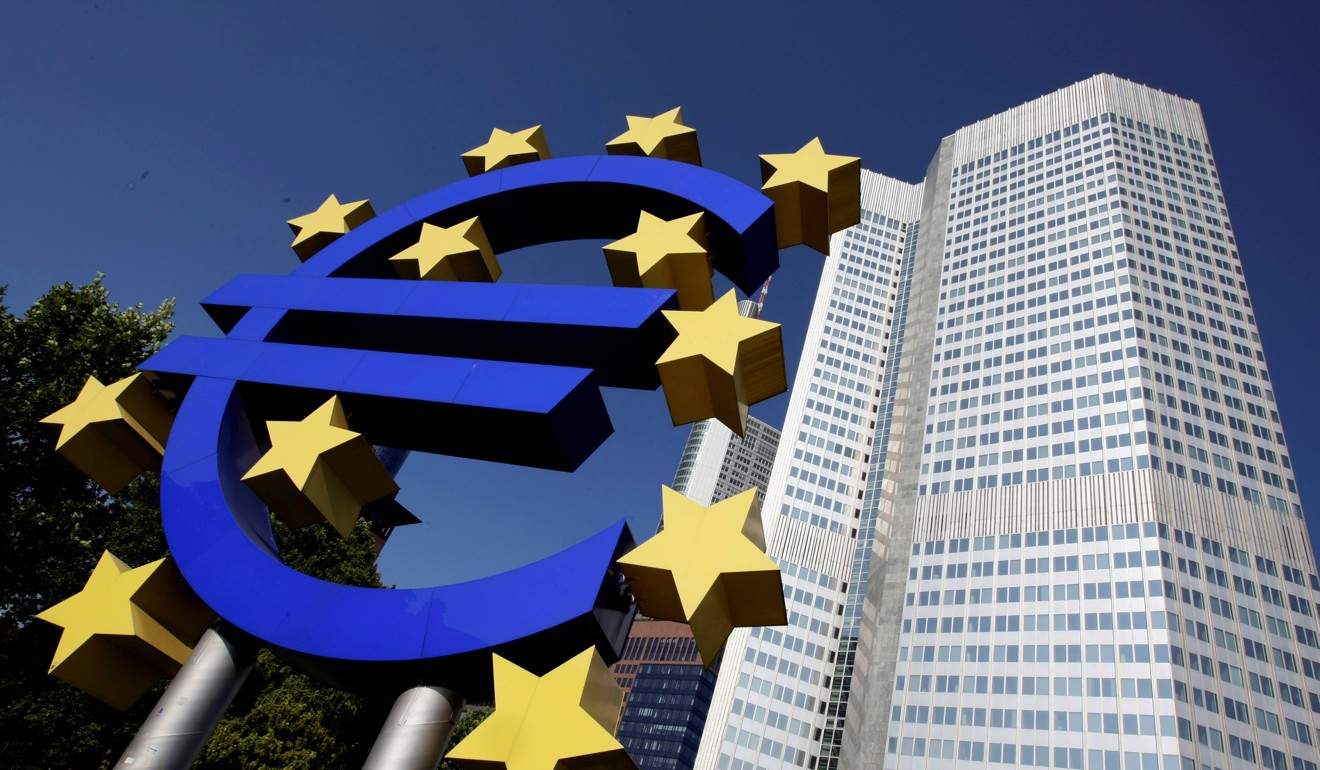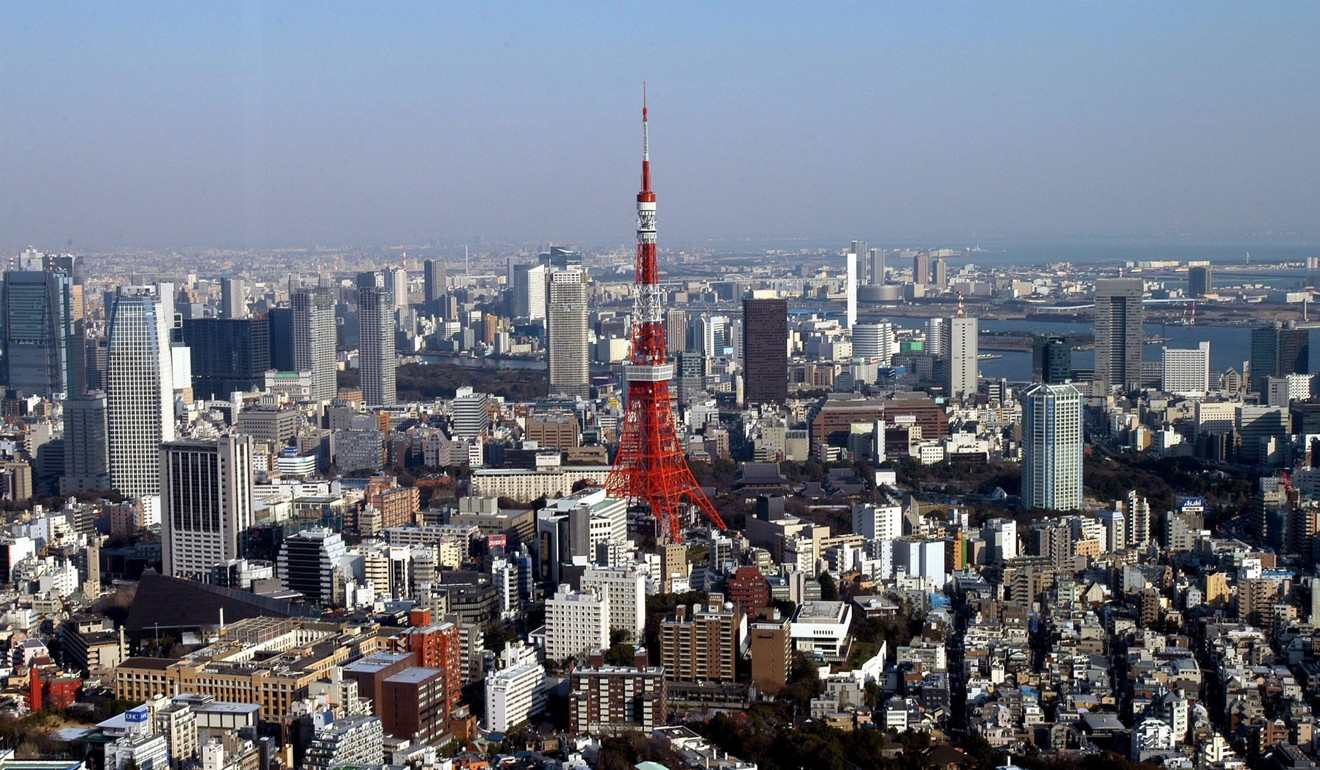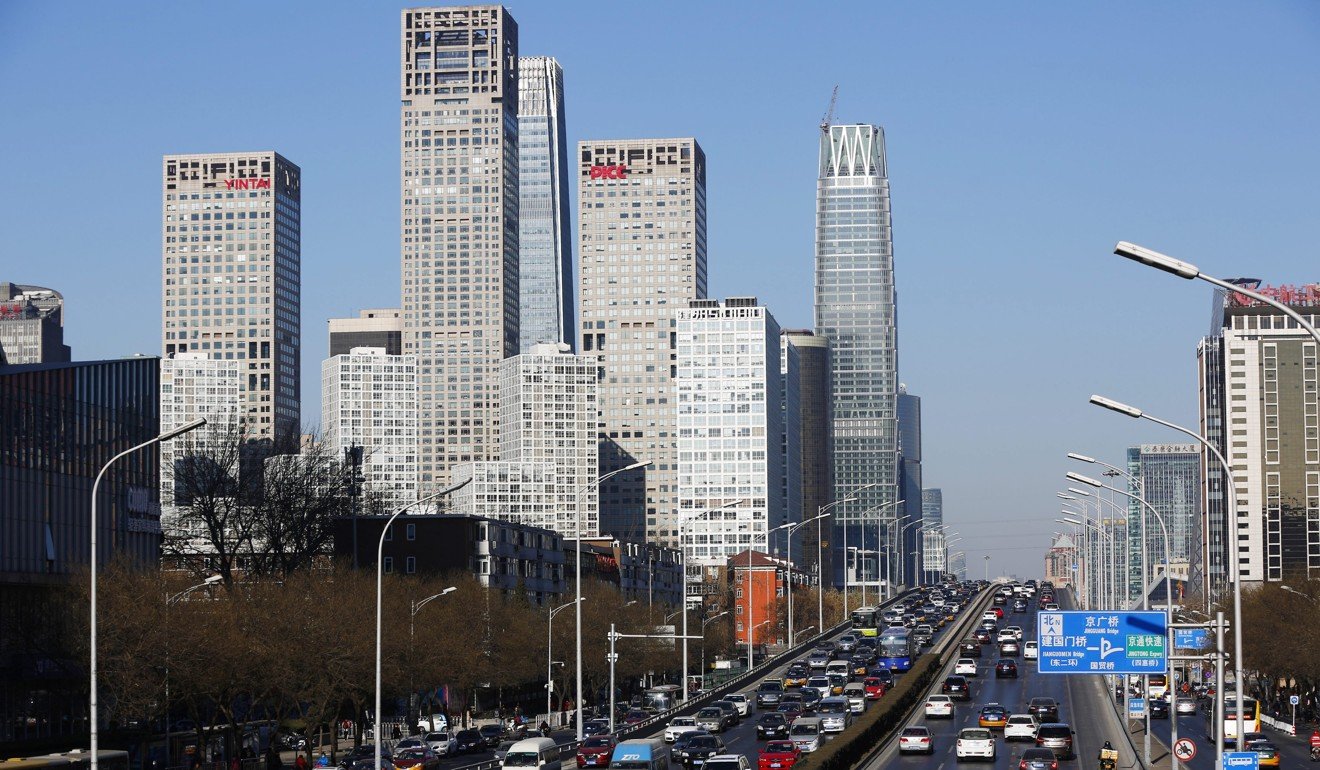
The world’s mounting debt crisis must solved before it blows up in our face
- The lack of an exit strategy from the monetary excess is catching up with the world
- The QE largesse did not go into investment and consumption but it did prop up financial institutions that were swaying on the edge of the abyss
Forget about China’s so-called “debt trap diplomacy” – it’s a mere mousetrap compared to the jaws of two more vicious traps that are waiting to close on the global economy. One is the generalised (public and private sector) debt trap and the other is the more insidious “QE (quantitative easing) trap”.
Both have been masked by the high-profile threat of trade and economic wars between the world’s two biggest economies – the United States and China. For all the hundreds or even thousands of headlines that trade wars have grabbed, the QE and debt traps have been lucky to get even a handful.
But things are about to change, and growing awareness of this fact meant that “Davos Man” was a more worried man this year as the world’s wealthiest tried to drown their fears in champagne at the Swiss resort. The spectre of an impending debt crisis was invoked far more frequently than in past years.

“In advanced countries public debt is at levels not seen since the second world war [and] emerging market public debt has [reached] levels last seen during the 1980s debt crisis,” the IMF said. And billionaire investor Seth Klarman warned that debt markets might refuse loans or demand penal interest rates before long.
The debt and QE “traps” are intimately connected. Waves of quantitative monetary easing in the US, Japan and Europe may have saved the world from systemic financial collapse and economic depression after 2008, but the historically low interest rates they engendered has led to universal over-borrowing.

There was no master plan to deal with this problem. Policymakers were too panicked as US and other mega banks lurched on the brink of collapse and the engines of the global economy began to flame out. They flew on a “wing and prayer”, hoping that growth,or even inflation, would somehow take care of things.
It hasn’t and now the lack of an exit strategy from unconventional monetary policy or monetary excess is catching up with the world. The Fed has tried exiting by stealth but has been forced to back track as Wall Street slumped, while Japan is so far sunk in QE as to have no obvious way out.
Meanwhile, the vice is tightening.
Various warnings have been sounded but none clearer than by Moody’s Investors Service, which suggests that “global credit conditions will weaken and risks rise this year as economic growth slows, funding costs rise, liquidity tightens and market volatility returns”.

Just why so many economists and policymakers have been so complacent, and for so long, about the consequences of monetary easing remains something of a mystery. It was never really clear how the trillions of dollars injected into banking systems under QE were supposed to be mopped up without ensuing trauma.
The QE largesse didn’t go into investment and consumption but it did prop up financial institutions that were swaying on the edge of the abyss. And, it found its way into financial and property assets to an extent that sent their prices soaring, creating a “wealth effect” in the process.
Such asset bubbles are not good news, because they create vulnerability to major price corrections (as well as increasing wealth inequalities via stock and other asset prices). This is the real reason the US Federal Reserve has been raising rates incrementally, rather than any fears over rising inflation.

However, the world’ biggest economy is now well and truly stuck in the QE trap and Jerome Powell’s latest promise that the Fed will be “patient” with further rate hikes and“flexible”with the pace of balance sheet normalisation shows just how scared he is about tightening the trap any further.
The QE largesse didn’t go into investment and consumption but it did prop up financial institutions that were swaying on the edge of the abyss
If that sounds like good news, it isn’t. It means the US economy is flying on one engine – monetary accommodation. Having shut down the other one – trade expansion – President Trump will now be forced to turn to fiscal expansion as the economy slows, and the Fed will be forced to supply more Treasury funds.
Japan’s huge QE (by far the biggest relative to GDP than that of the US or Europe) is meanwhile being exposed for what it really is – an exercise in restraining the value of the yen and keeping the Japanese government well supplied with funds to prop up the world’s third biggest economy.
China’s economy doesn’t face a QE trap as such but it definitely is in a debt trap. Like the Fed, which was hoping that no one will notice while it tightens by stealth, Chinese monetary authorities are being forced to go easy on debt discipline in a slowing economy – putting off today’s problem until tomorrow.
All this might appear to be reducing the threat of a debt crisis, but again it isn’t really. To quote Moody’s: “Funding costs are increasing for corporates and liquidity is weakening for high-yield companies in particular, while earnings growth will be moderate amid slowing economic growth.”

The QE “bluff” has been called and financial markets know now that they can force monetary authorities to extend or increase stimulus simply by throwing a “taper tantrum”. But this knowledge is no substitute for a safe and sound economy and financial markets also know now that there is no real safety net beneath them.

